Steve McQueen presents a portrait of protest in Britain
Turner Contemporary’s groundbreaking exhibition Resistance reframes the history of protest, reminding us of photography’s political potential
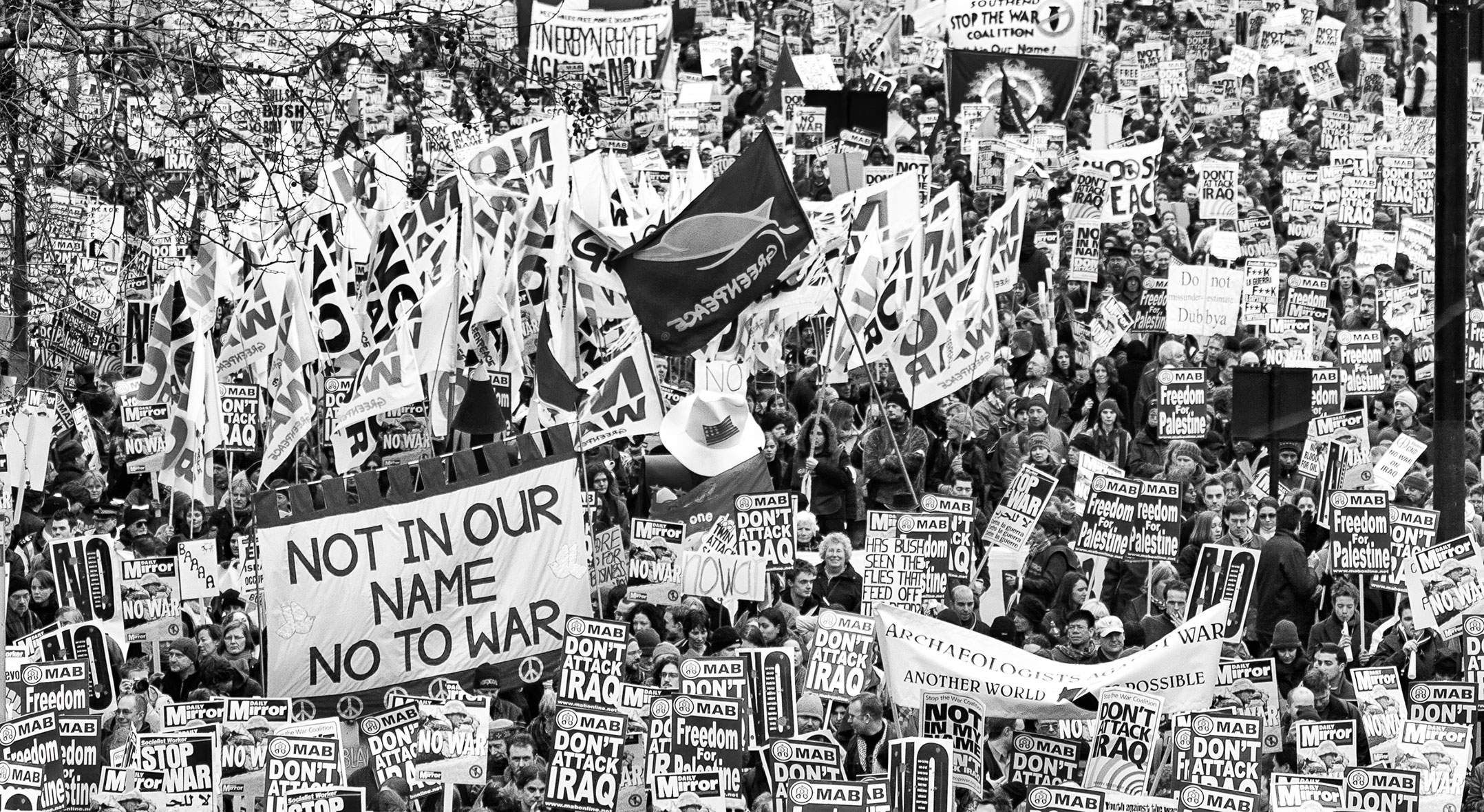
Oscar-winning director Steve McQueen has built a career by consistently looking beyond the frame, revealing stories of everyday people and their extraordinary lives. His latest endeavour, Resistance, is no exception. Opening on 22 February at Turner Contemporary in Margate, the exhibition explores how acts of resistance have shaped life in the UK and the powerful role photography has played.
Director of Turner Contemporary, Clarrie Wallis, who first worked with McQueen in 2019 on Year 3 at Tate Britain, is co-curator of the exhibition. 'Resistance is really a continuation of Steve’s dedication to shining a light on untold stories,” says Wallis. 'We sought images that expressed how photographers both captured and piloted moments that moulded modern Britain.'
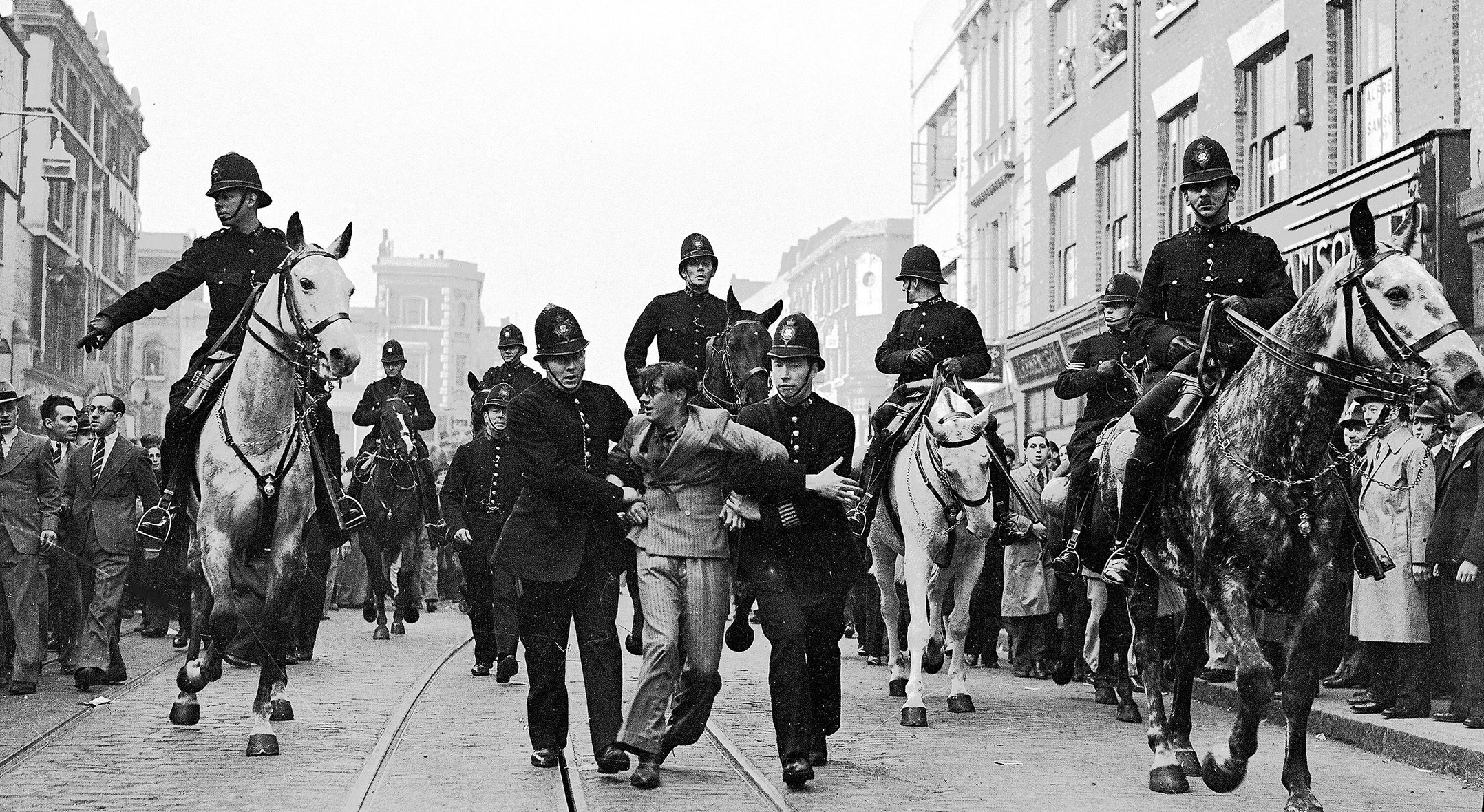
An anti-fascist demonstrator is taken away under arrest after a mounted baton charge during the Battle of Cable Street, London, 4 October 1936
The culmination of over four years of collaboration with researchers, Resistance spans a century of social and political justice movements, featuring photographs from the radical suffrage movement in 1903 to the largest-ever protest in Britain’s history against the Iraq War in 2003.
Here, no plight is given precedence over another—a sentiment underscored by McQueen’s stylistic decision to display all images in greyscale. Yet, Resistance achieves poignancy by dedicating its walls to lesser-known documentarians who captured obscure, often instigative single-issue campaigns. 'Social progress typically emerges from the margins,' reflects Wallis. 'Local communities identify problems and mobilise for change long before their concerns reach mainstream discourse.' Photographs of an early women-led campaign against the fashionable use of bird feathers in hats for instance, highlight the origins of the RSPB, while those of the 1932 Right to Roam mass trespass of the Kinder Scout, serve as precursors to the creation of British National Parks.
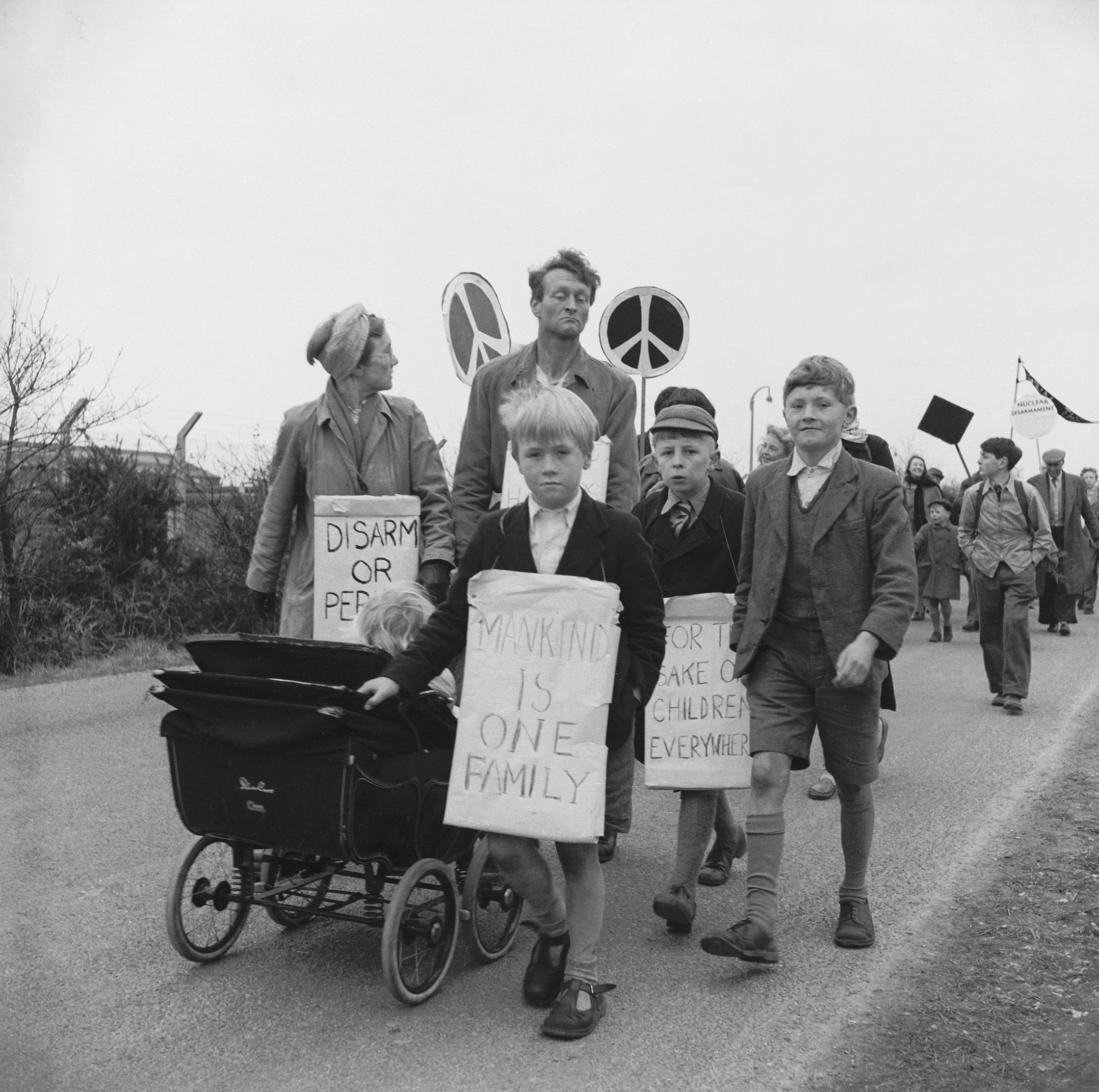
Anti-nuclear protesters marching to Aldermaston, Berkshire, May 1958
Despite mounting diverse swathes of history, the show maintains a sense of continuity, unified by the unyielding pursuit of change. Not only do we see causes reappearing across generations where individuals have walked – sometimes literally – in the footsteps of those that came before, but we also see similar strategies of resistance being adopted by different groups throughout time. In the early 20th century, for example, suffragettes would deliberately go limp when they were being arrested, a tactic photographed some 80 years later at the Greenham Common Women’s Peace Camp demonstrations.
Some of the most striking images in the exhibition act as a potent reminder that joy itself can be an act of resistance. 'This exhibition captures a spirit of defiance,' says Wallis. 'When marginalised communities claim their right to celebrate, it becomes a profound statement—nowhere more evident than in the origins of the Notting Hill Carnival.'
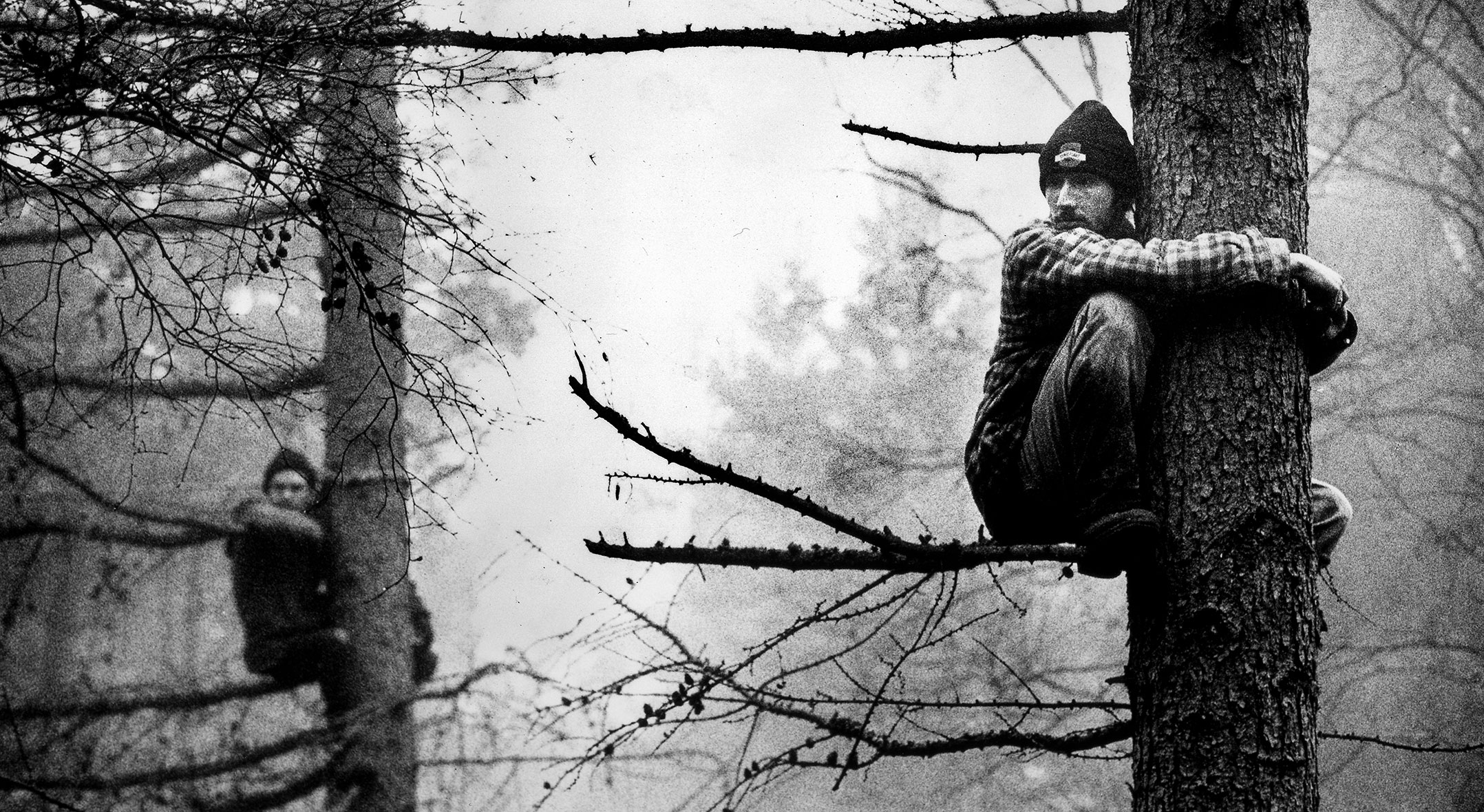
Allercombe tree village, on the route of the proposed A30 Honiton Bypass, Devon, December 1996
In 1959, after the murder of Antiguan Kelso Cochrane and amid racial tensions in West London, Trinidadian activist and journalist Claudia Jones responded by organising the first Caribbean carnival at St Pancras Town Hall. 'Jones understood that communal celebration could be a powerful form of resistance—transforming moments of trauma into expressions of cultural pride,' continues Wallis.
Receive our daily digest of inspiration, escapism and design stories from around the world direct to your inbox.
A similar spirit animated the 'kiss-ins' of the 1970s, when LGBTQ+ activists challenged widespread homophobia by staging public displays of affection. In an era of pervasive discrimination against gay people, these joyful demonstrations turned intimate moments into powerful acts of defiance.
Resistance also explores the camera’s democratic evolution as an instrument of change, intertwining covert surveillance images and community-based documentation with era-defining press reportage. 'Many grassroots photographers and community activists were using photography not just to document protest but also to shape their own narratives and build solidarity networks,' reflects Wallis.
Paul Trevor’s intimate portrayal of East London’s Bengali community in the 1970s exemplifies how community photography became a form of activism. As a founding member of Camerawork magazine, Trevor championed socially engaged, humanist photography and advocated for accessibility to the medium among marginalised groups. His 1978 work captured both the daily struggles of the Bengali community and the fury of 7,000 protesters following Altab Ali’s racially motivated murder, offering a vivid lens into the lived reality of resistance beyond the headlines.
Resistance is a moving paean to the activists and image-makers whose fortitude and resilience have guided modern activism. However, there is an undeniable bittersweetness to its vastness, a reminder that hard won rights can always be lost. For as long as there is injustice and violence, protest and its documentation will warrant our sustained attention.
Resistance is on show until 1 June at Turner Contemporary, Margate. The accompanying publication published by 4th Estate is out now.
Millen Brown-Ewens is a book publicist and art and music writer based in London. She has written for Artsy, AnOther, Dazed, Elephant, Huck, i-D and Plinth amongst others.
-
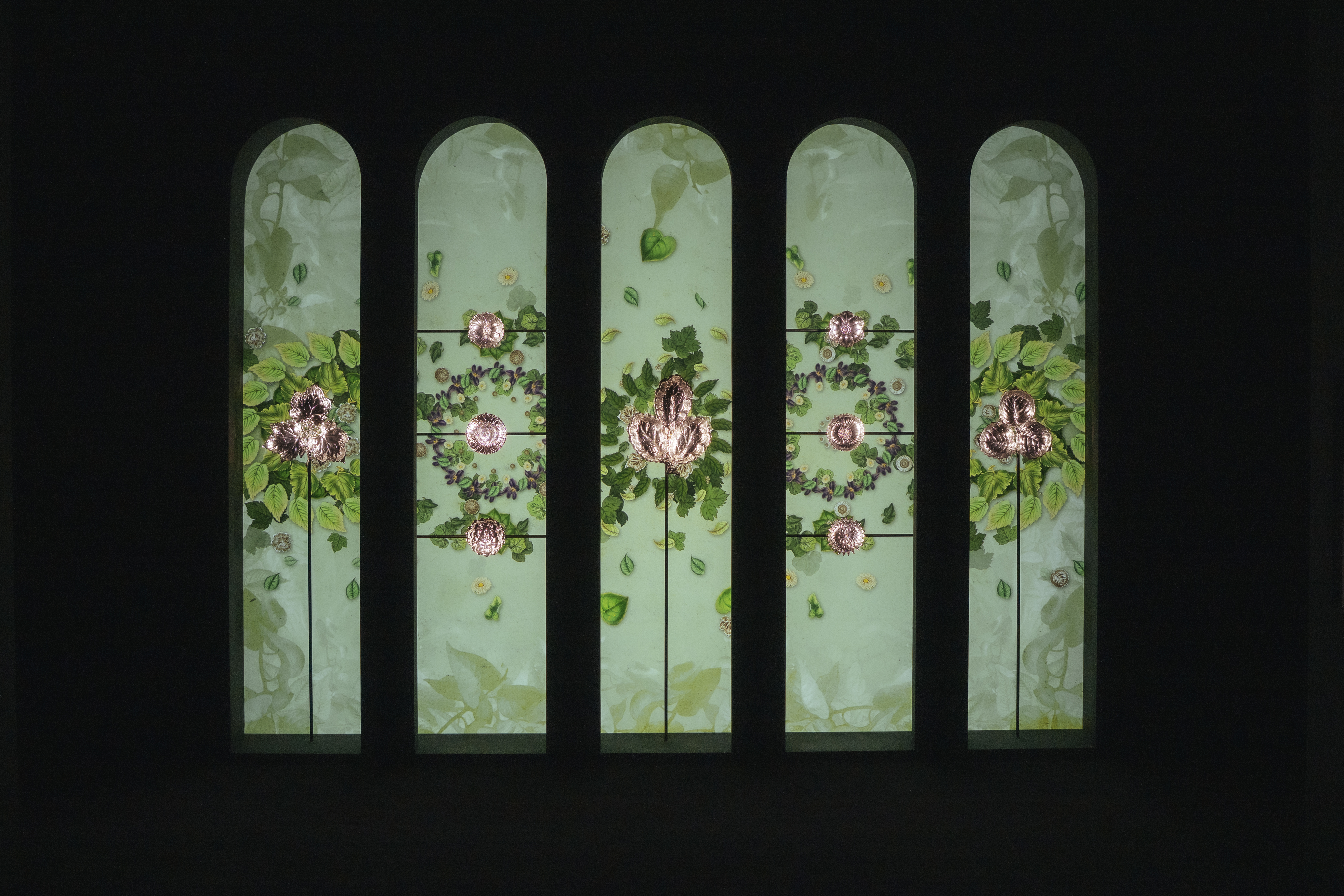 Dive into Buccellati's rich artistic heritage in Shanghai
Dive into Buccellati's rich artistic heritage in Shanghai'The Prince of Goldsmiths: Buccellati Rediscovering the Classics' exhibition takes visitors on an immersive journey through a fascinating history
-
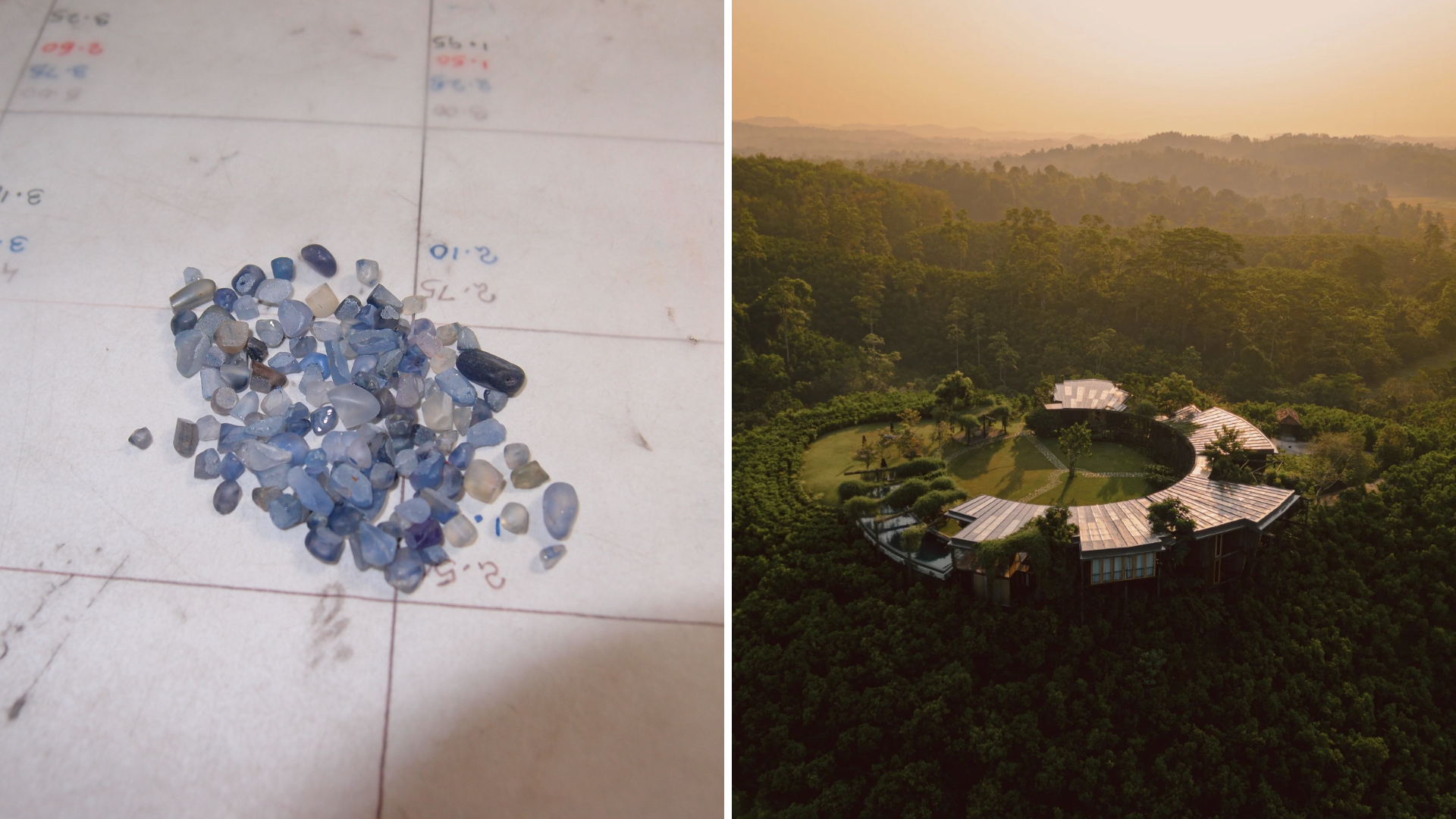 Love jewellery? Now you can book a holiday to source rare gemstones
Love jewellery? Now you can book a holiday to source rare gemstonesHardy & Diamond, Gemstone Journeys debuts in Sri Lanka in April 2026, granting travellers access to the island’s artisanal gemstone mines, as well as the opportunity to source their perfect stone
-
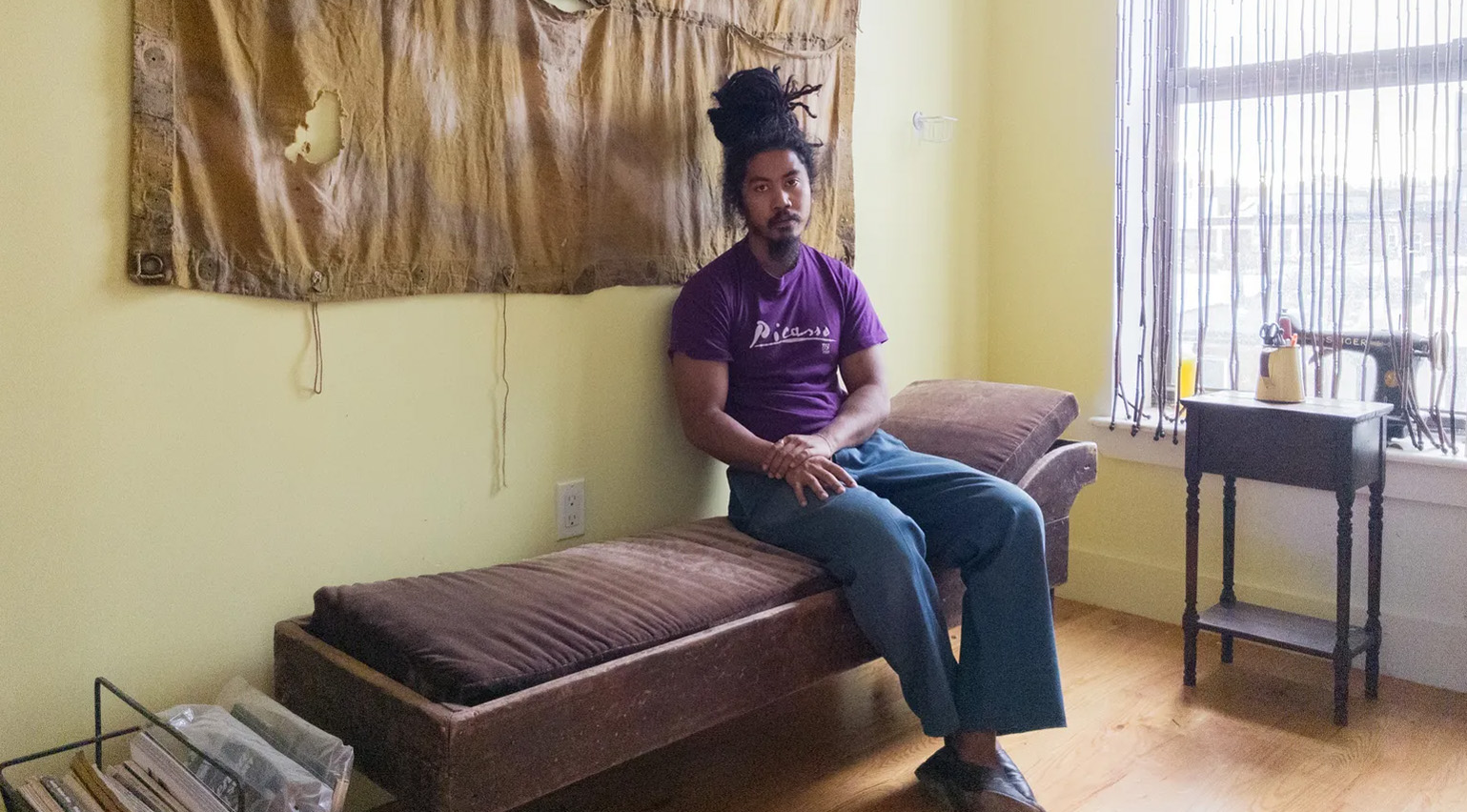 The rising style stars of 2026: Connor McKnight is creating a wardrobe of quiet beauty
The rising style stars of 2026: Connor McKnight is creating a wardrobe of quiet beautyAs part of the January 2026 Next Generation issue of Wallpaper*, we meet fashion’s next generation. Terming his aesthetic the ‘Black mundane’, Brooklyn-based designer Connor McKnight is elevating the everyday
-
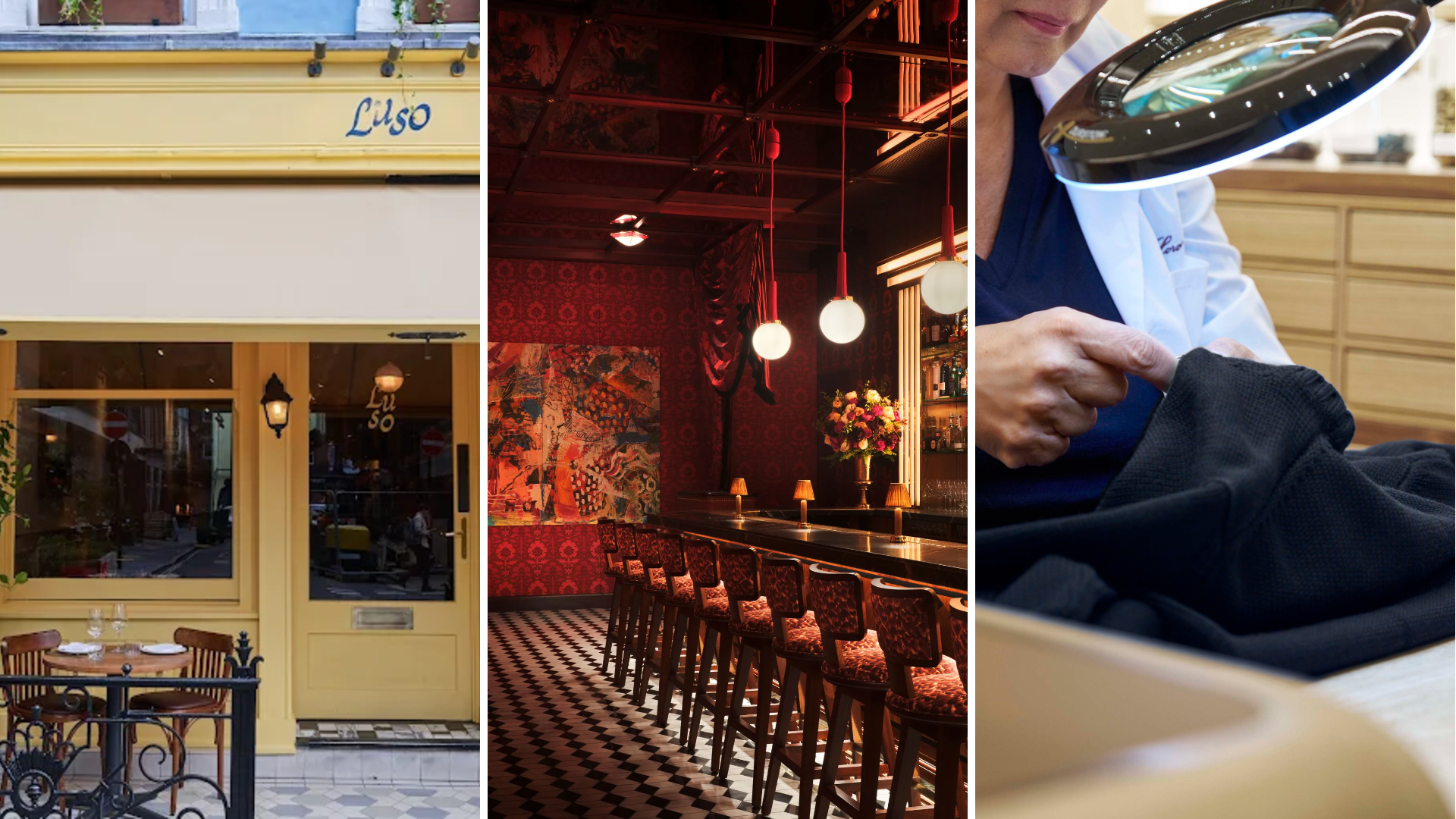 Out of office: The Wallpaper* editors’ picks of the week
Out of office: The Wallpaper* editors’ picks of the week'Tis the season for eating and drinking, and the Wallpaper* team embraced it wholeheartedly this week. Elsewhere: the best spot in Milan for clothing repairs and outdoor swimming in December
-
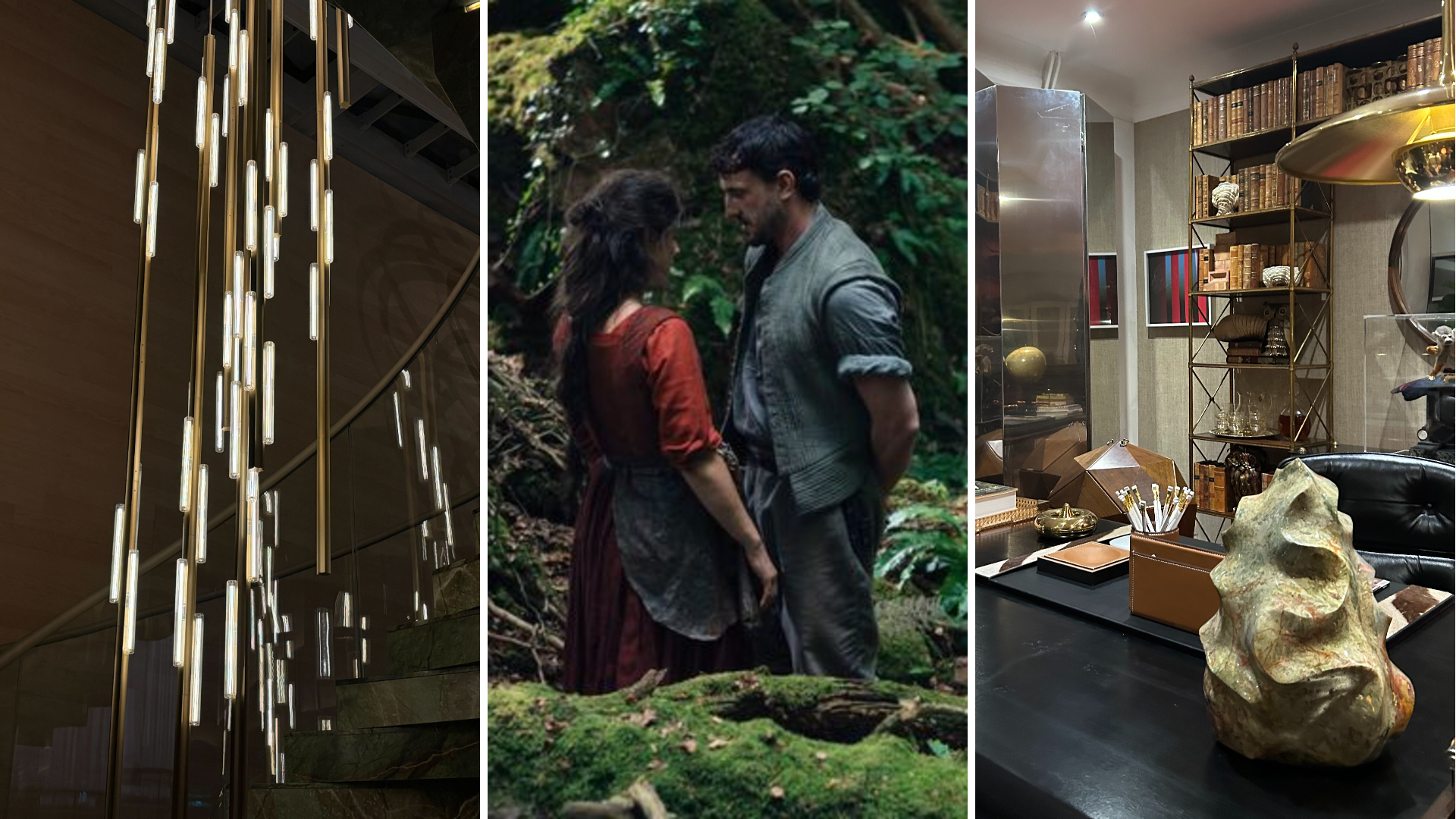 Out of office: The Wallpaper* editors’ picks of the week
Out of office: The Wallpaper* editors’ picks of the weekFar from slowing down for the festive season, the Wallpaper* team is in full swing, hopping from events to openings this week. Sometimes work can feel like play – and we also had time for some festive cocktails and cinematic releases
-
 The Barbican is undergoing a huge revamp. Here’s what we know
The Barbican is undergoing a huge revamp. Here’s what we knowThe Barbican Centre is set to close in June 2028 for a year as part of a huge restoration plan to future-proof the brutalist Grade II-listed site
-
 Out of office: The Wallpaper* editors’ picks of the week
Out of office: The Wallpaper* editors’ picks of the weekIt’s wet, windy and wintry and, this week, the Wallpaper* team craved moments of escape. We found it in memories of the Mediterranean, flavours of Mexico, and immersions in the worlds of music and art
-
 Each mundane object tells a story at Pace’s tribute to the everyday
Each mundane object tells a story at Pace’s tribute to the everydayIn a group exhibition, ‘Monument to the Unimportant’, artists give the seemingly insignificant – from discarded clothes to weeds in cracks – a longer look
-
 Out of office: The Wallpaper* editors’ picks of the week
Out of office: The Wallpaper* editors’ picks of the weekThis week, the Wallpaper* team had its finger on the pulse of architecture, interiors and fashion – while also scooping the latest on the Radiohead reunion and London’s buzziest pizza
-
 Out of office: The Wallpaper* editors’ picks of the week
Out of office: The Wallpaper* editors’ picks of the weekIt’s been a week of escapism: daydreams of Ghana sparked by lively local projects, glimpses of Tokyo on nostalgic film rolls, and a charming foray into the heart of Christmas as the festive season kicks off in earnest
-
 Wes Anderson at the Design Museum celebrates an obsessive attention to detail
Wes Anderson at the Design Museum celebrates an obsessive attention to detail‘Wes Anderson: The Archives’ pays tribute to the American film director’s career – expect props and puppets aplenty in this comprehensive London retrospective